- The pilot start will help revitalize the scattered household photovoltaics into the carbon emissions trading market
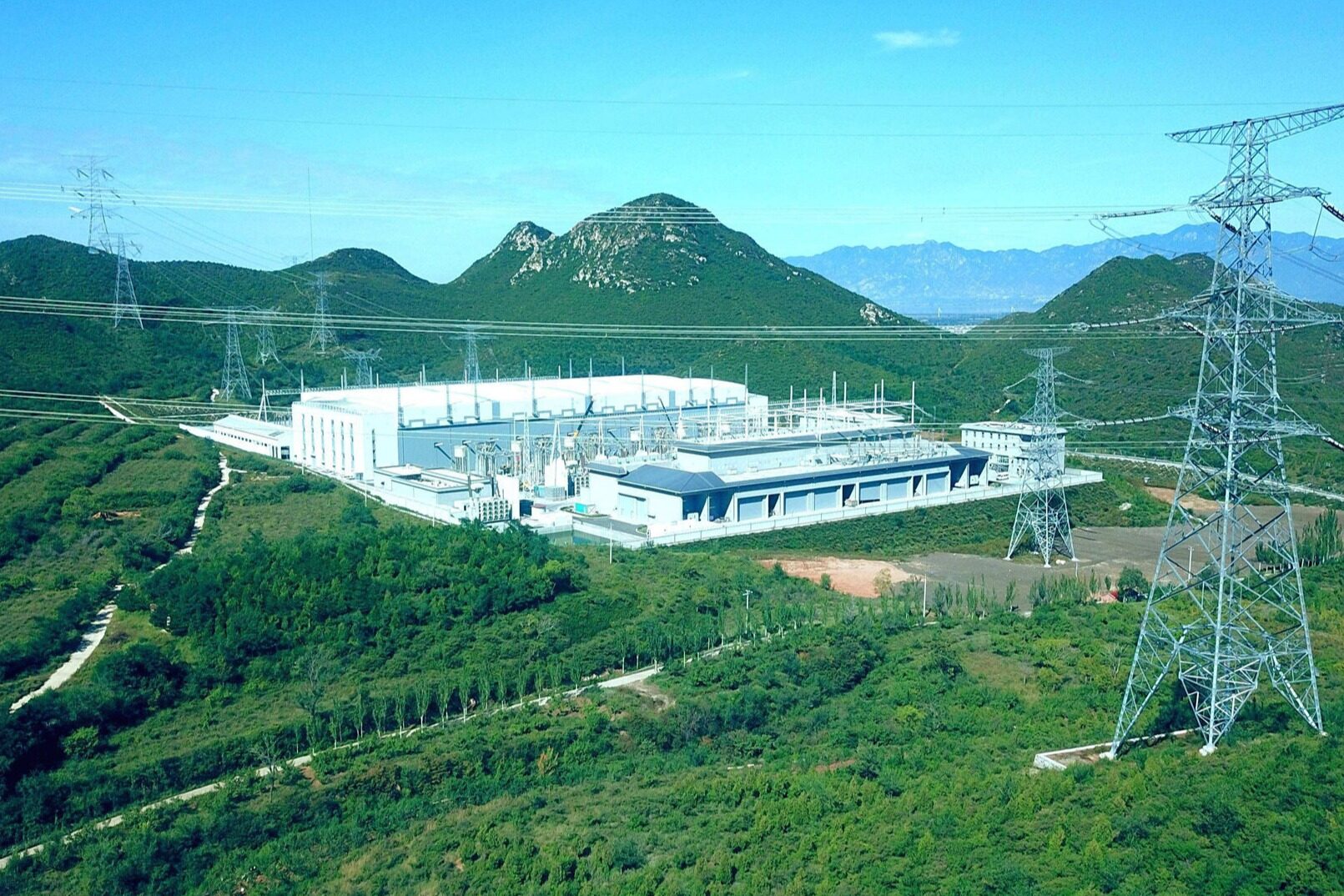
Since the pilot started in September 2021, China's green power trading has been stable enough, but not hot enough. Data speaks volumes. According to the statistics of the China Electricity Council, from October 2021 to January 2022, the domestic green power transaction volume was 220 million kWh, 180 million kWh, 310 million kWh and 260 million kWh, all of which were much lower than that of the month. Inter-provincial transaction electricity.
At the beginning of 2022, a senior person in the new energy industry told reporters that in 2022, the proportion and scale of new energy participating in the power market will increase. Because in 2021, a large number of wind and solar parity projects will be connected to the grid, especially in the fourth quarter. Under the circumstance that the domestic demand for green electricity has increased greatly, enterprises will more actively use these affordable projects to participate in the green electricity trading market. At present, we have already felt this trend from the proposals in the energy field of the "two sessions". At the same time, around the topic of "how to better promote green power transactions", the representative committee members put forward suggestions from three aspects: participating subjects, transaction rules and evaluation mechanisms.
increase participants
According to the interpretation of the National Reform Commission, in the initial stage of the green power trading pilot, wind power and photovoltaic power generation are the main ones, and gradually expand to other renewable energy sources such as hydropower. Although household photovoltaics are also green power, they have not been able to effectively participate in green power transactions. In 2021, the Yueqing City Energy Data Center in Zhejiang Province will start a distributed photovoltaic carbon asset aggregation pilot, and the State Grid Yueqing City Power Supply Company will aggregate the carbon emission reduction resources of 3 users, and after the national green certification, it can be traded in the national carbon emission rights. market to trade. The pilot will help revitalize the scattered household photovoltaics into the carbon emission trading market, and give birth to a new business format of carbon emission trading.
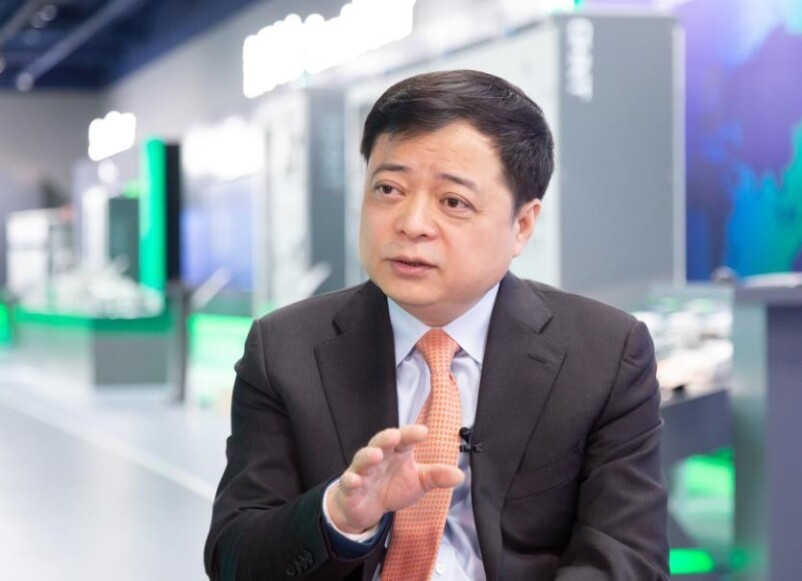
Nan Cunhui, member of the Standing Committee of the National Committee of the Chinese People's Political Consultative Conference, vice chairman of the All-China Federation of Industry and Commerce, and chairman of Chint Group, suggested that the National Development and Reform Commission and the National Energy Administration should establish and improve the long-term management mechanism for household photovoltaics to participate in transactions, learn from and promote the Yueqing distributed photovoltaic carbon asset aggregation pilot, The grid company organizes and integrates the scattered household photovoltaic power stations to form a scale effect, accelerate the promotion of household photovoltaics into the three types of markets of green electricity, green certificate and carbon emission rights trading, thereby improving the income of farmers and promoting the development of distributed household photovoltaics. According to statistics from the China Photovoltaic Industry Association, in 2021, the newly installed capacity of household photovoltaics in my country will be 21.6GW, a record high, accounting for 39.4% of the newly installed capacity in my country, a year-on-year increase of 113.3%. In the future, with the implementation of policies such as "county promotion", household photovoltaics will maintain a growth rate. If household photovoltaics can participate more in green power transactions, it will increase the capacity and vitality of the market.
Optimize trading rules
The original intention of green electricity trading is to allow power users to directly trade with new energy power generation companies and guide green electricity consumption in a market-oriented way. Among them, "voluntary participation" is one of the most important trading rules.
According to the requirements of the "Notice on Matters Concerning the 2021 New Energy On-grid Tariff Policy", new projects can voluntarily participate in market-based transactions to form on-grid tariffs to better reflect the green power value of photovoltaic power generation and wind power.
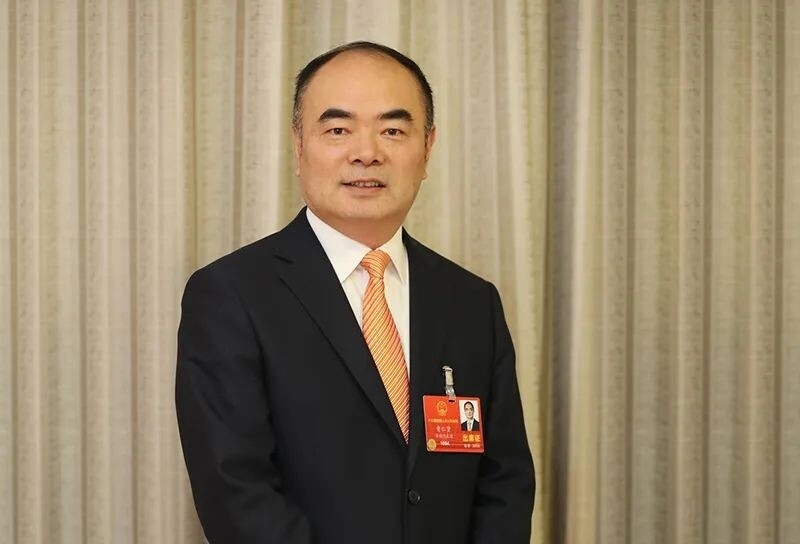
Cao Renxian, deputy to the National People's Congress and chairman of Sungrow, believes that the green electricity transaction, which is mainly based on the voluntary transaction market, has problems such as small transaction volume and low transaction price. Judging from the process of building a mature green power market in the United States, the parallel between the mandatory trading market and the voluntary trading market of the quota system will be the future development trend of the green power trading market.
To this end, he put forward suggestions to accelerate the maturity of the green power trading market, and establish a mandatory green power trading market with quota system in a timely manner to release the development potential of green power supply and demand sides.
Detailed evaluation mechanism
Not long ago, the National Development and Reform Commission, the Ministry of Industry and Information Technology, the Ministry of Housing and Urban-Rural Development, the Ministry of Commerce and other departments researched and formulated the Implementation Plan for Promoting Green Consumption to further stimulate the potential of green power consumption in the whole society. Among them, it is proposed to "encourage leading enterprises in the industry, large state-owned enterprises, and multinational companies to consume green electricity and play a leading role in demonstration."
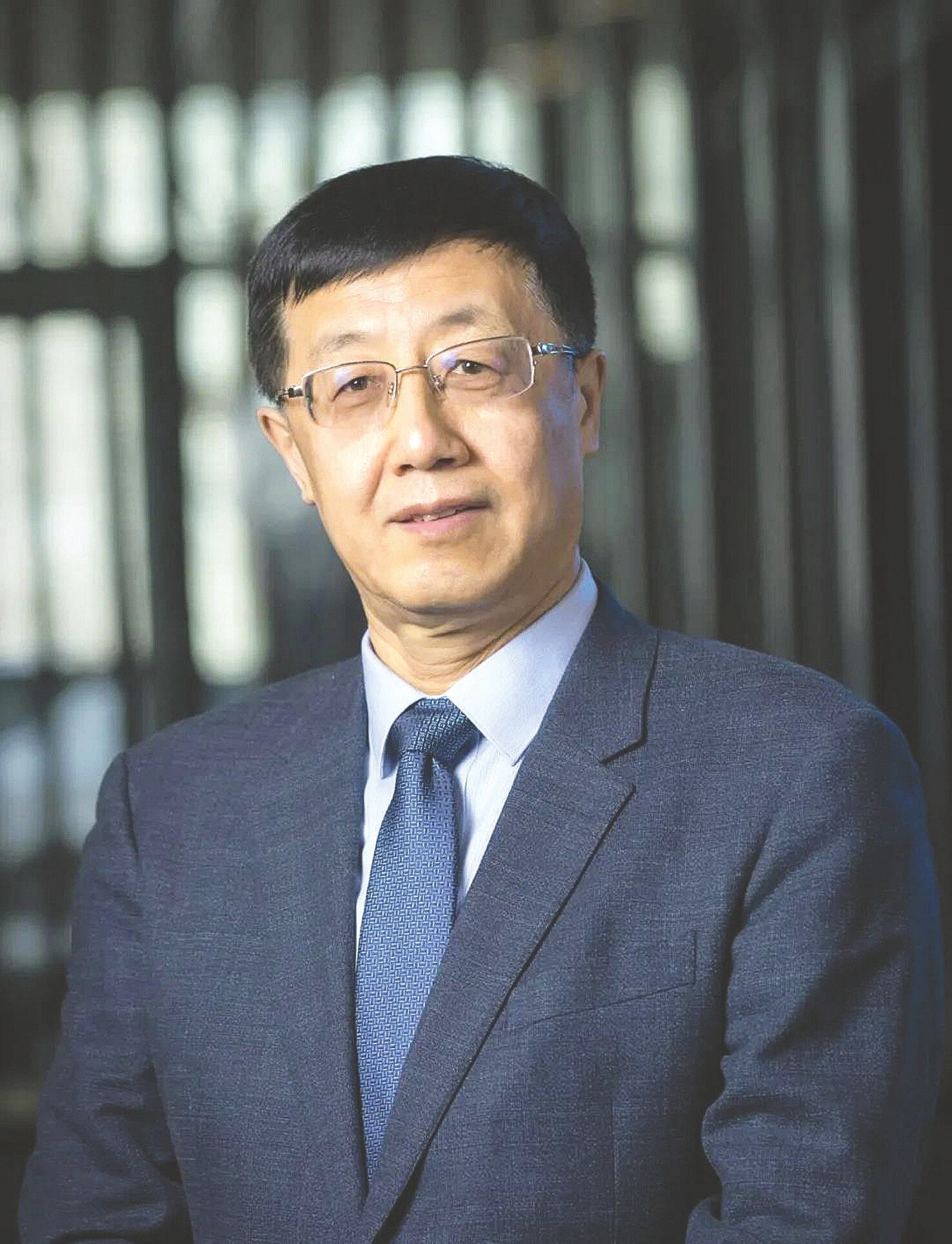
The content mentioned in this plan is similar to the "Proposal on Promoting the Carbon Account Mechanism and Promoting Green Electricity Consumption" by WISCO, a member of the National Committee of the Chinese People's Political Consultative Conference and Chairman of Goldwind Technology.
Wuhan Iron and Steel believes that the carbon account mechanism is a data governance tool to define carbon emission rights, responsibilities and performance, and should become an important starting point for promoting the green and low-carbon transformation of the whole society and the implementation of the "dual carbon" goal. Green electricity consumption is one of the core paths for enterprises and institutions to achieve carbon emission reduction.
If the carbon account mechanism and the carbon market management system are established and promoted, it will effectively solve the direct transformation and quantification of the contribution of green power consumption by enterprises and institutions to emission reduction, and form a nationwide monitorable, verifiable and disclosed "green power" + Carbon Management System” is a game of chess.
Therefore, he proposed that in the process of establishing standards and rules for carbon accounts, the policy rules for deduction of carbon emissions from green electricity should be included, and the two policy systems of green electricity consumption and "dual carbon" compliance should be linked to achieve green electricity consumption and reduction. Unified scientific management of carbon contribution calculations. Editor/Sang Xiaomei
Comment
 Praise
Praise
 Collect
Collect
 Comment
Comment
 Search
Search



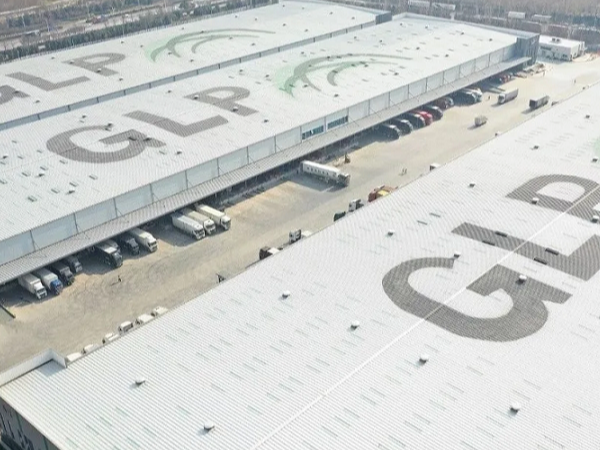
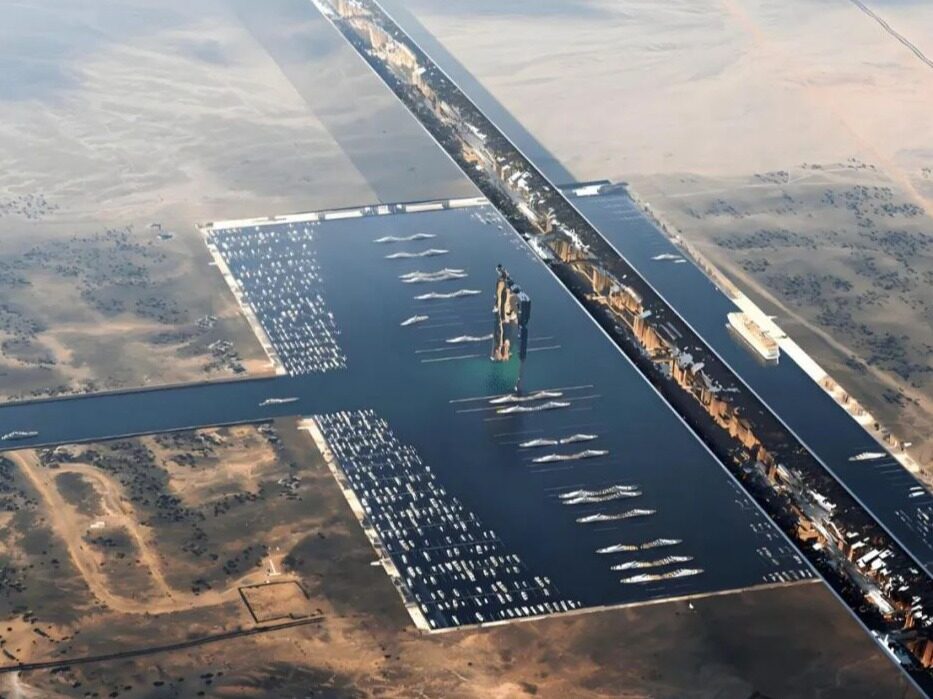

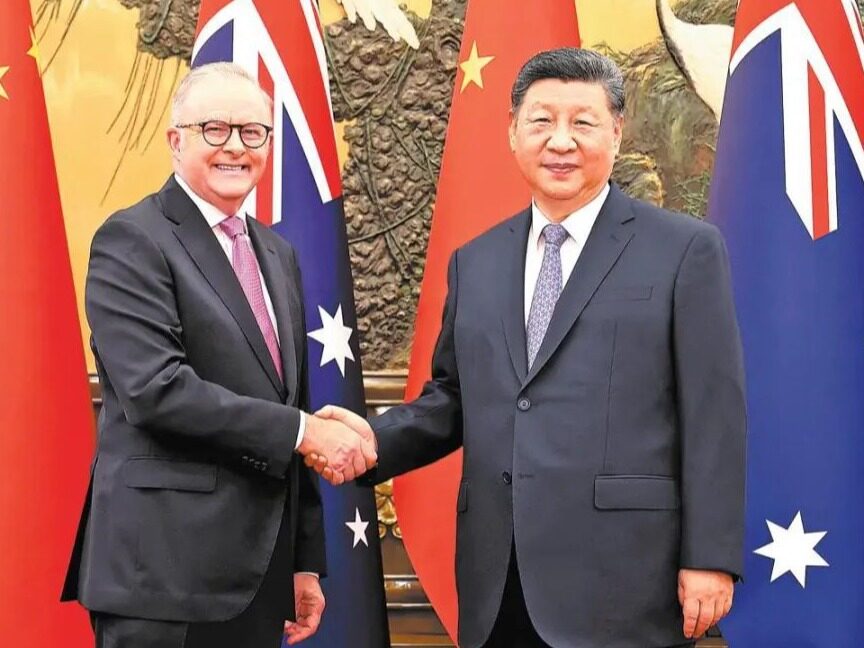







Write something~